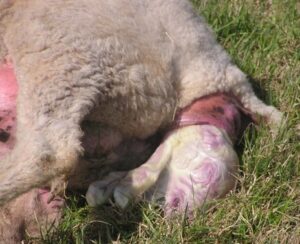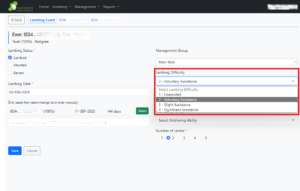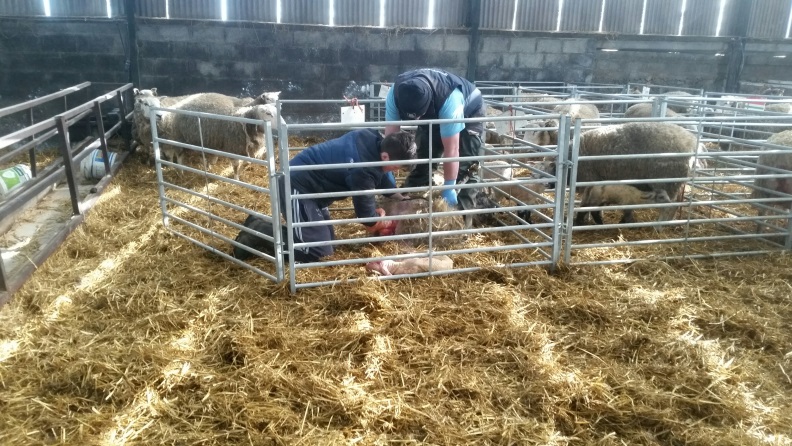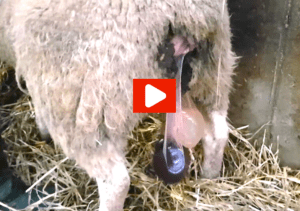Importance of Recording Lambing Difficulty

It is important that every lambing event has a lambing difficulty recorded. Lambing difficulty is recorded under the lambing event on a selected ewe. Accurately recording lambing difficulty is essential when documenting a lambing event.
Lambing difficulty is ranked on a scale ranging from 1 to 4.
A score of 1 being awarded to ewes which were completely unassisted during lambing and a score of 4 being assigned to ewes which required significant assistance during lambing.
The table below details the criteria to consider for each lambing difficulty score
How to record lambing difficulty under a lambing event
When recording a lambing event, the selected lambing difficulty score should reflect they entire lambing event. In the case of multiple lambs, where assistance may have been required for one of the lambs, this should be reflected in the lambing difficulty score given.

Recording your lambing difficulty is simple but very important for genetic evaluations and your DQI.


